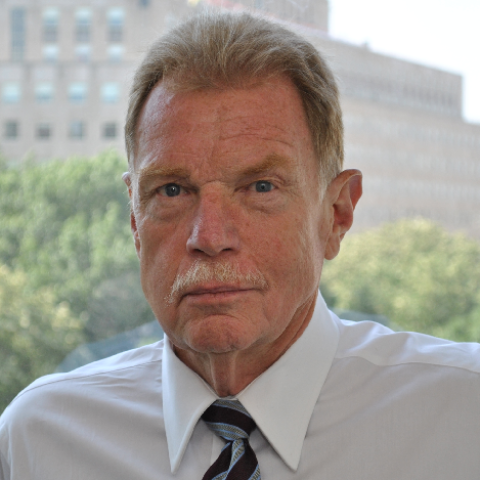Reducing young people's access to marijuana was one rationale offered by the movement to legalize and regulate the drug. Therefore, a crucial question is whether that promise has been delivered — both in states that run "medical marijuana" programs and in states that have legalized recreational marijuana.
Many early studies of medical marijuana found little effect on juveniles. But the most recent, comprehensive, and methodologically careful studies, reported in June, show exactly what opponents feared — an adverse impact on youth from both medical marijuana and outright legalization.
The clearest finding of a negative impact is from the school-based survey Monitoring the Future," which was used to "examine California's decision to decriminalize marijuana in 2010. Youth who were 10th graders when the law changed showed, in comparison with youth in other states, 25 percent higher current use of marijuana by the time they were in 12th grade.
That study was complemented by a sophisticated longitudinal analysis using data from the National Survey on Drug Use and Health, which was able to capture school dropouts — likely heavier users. Medical-marijuana laws, the authors conclude, "amplify" rates of youth marijuana use, arguably because they allay social stigma and placate fear of a negative health outcome.
These results fit in with previous research better than one might think. Media reporting on these studies is biased; commonly, reports with good news" for legalization are "featured, those finding danger, ignored. The actual academic literature on this subject is highly contested, which isn't surprising because studying the impact of liberalized marijuana laws is not easy.
For example, it's difficult to "bound" the impact of more accessible marijuana, which readily moves across state lines and is used by neighboring youth. In addition, the specifics of the programs (eligibility, penalties, etc.) matter. With medical marijuana in particular, because of different rules of eligibility and distribution, lumping all programs together and looking for their effect turned out to be not particularly revealing.
But that's not to say we knew nothing until last month. Earlier research showed that a generalized decline in perceptions of risk in using marijuana, as well as norms of social disapproval, imply greater marijuana use, and likely follow from official approval. A study of marijuana legalization in Colorado "examined(Temporal trends in marijuana attitudes, availability and use in Colorado compared to non-medical marijuana states: 2003-11.
):http://1.usa.gov/1HxavDn these declines, while also presenting some evidence of increased marijuana abuse and dependence. Moreover, some studies found "increases in adult use, as well as youth initiation, in association with medical marijuana.
Further, most studies found that states with medical-marijuana programs had significantly higher rates of youth use, and correspondingly lower perceptions of risk in using the drug, though these differences seemed to have pre-dated the programs. There was also evidence that increased childhood exposure to marijuana edibles was associated with medical-marijuana programs — episodes of poisoning increased at four times the rate in states with such programs compared with nationwide increases.
Certainly, it's a broad literature with many conflicting results, and until June the evidence was less than convincing that medical-marijuana programs produced greater youth marijuana use But now, as we have seen, the research profile has changed. Emerging studies of marijuana commercialization show pronounced negative effects. And more comprehensive studies of even medical marijuana show harm to youth.
The legalization movement must confront this new reality. Expressions of relief that their "reforms" do not actively damage youth must be revisited, as current evidence has disabled that comforting assurance. It remains stunning that media decline to report these troubling findings to the public.



















